Eco-Friendly Insulation Solutions
Discover how sustainable insulation options can transform your home or building, enhancing comfort while reducing environmental impact. Eco-friendly insulation methods not only conserve energy but also utilize renewable or recycled materials, making them a responsible choice for the planet and future generations. Explore innovative strategies, health benefits, and the economic advantages of adopting green insulation solutions for modern living.
Sustainable Insulation Materials
01
Wool insulation is gaining popularity because of its excellent thermal properties and its ability to absorb moisture without compromising insulation value. As a natural and biodegradable material, sheep’s wool is renewable, non-toxic, and crafted without the use of harsh chemicals. Besides regulating humidity and providing a comfortable indoor climate, wool also offers soundproofing benefits. On disposal, wool insulation safely decomposes, leaving minimal environmental impact and proving to be a truly eco-friendly option for responsible builders and remodelers.
02
Cellulose insulation is primarily made from recycled newspapers and plant-based materials, making it one of the greenest insulation options available. Treated with natural fire retardants, it resists fire and pests without introducing harmful chemicals into the indoor environment. Cellulose not only reduces landfill waste by upcycling paper products but also boasts a high R-value, ensuring effective thermal performance. Its installation process typically results in less energy consumption compared to traditional fiberglass, further lessening its ecological footprint.
03
Cotton insulation frequently utilizes recycled denim, diverting textile waste from landfills and giving new life to unwanted clothing. Free of formaldehyde and other hazardous chemicals common in conventional insulation, cotton is both safe to handle and allergy-friendly. The production process for cotton insulation requires less energy and water, enhancing its sustainability credentials. It is also highly effective at trapping air and maintaining indoor temperatures, making it an excellent eco-conscious alternative for energy-efficient buildings.
Previous slide
Next slide
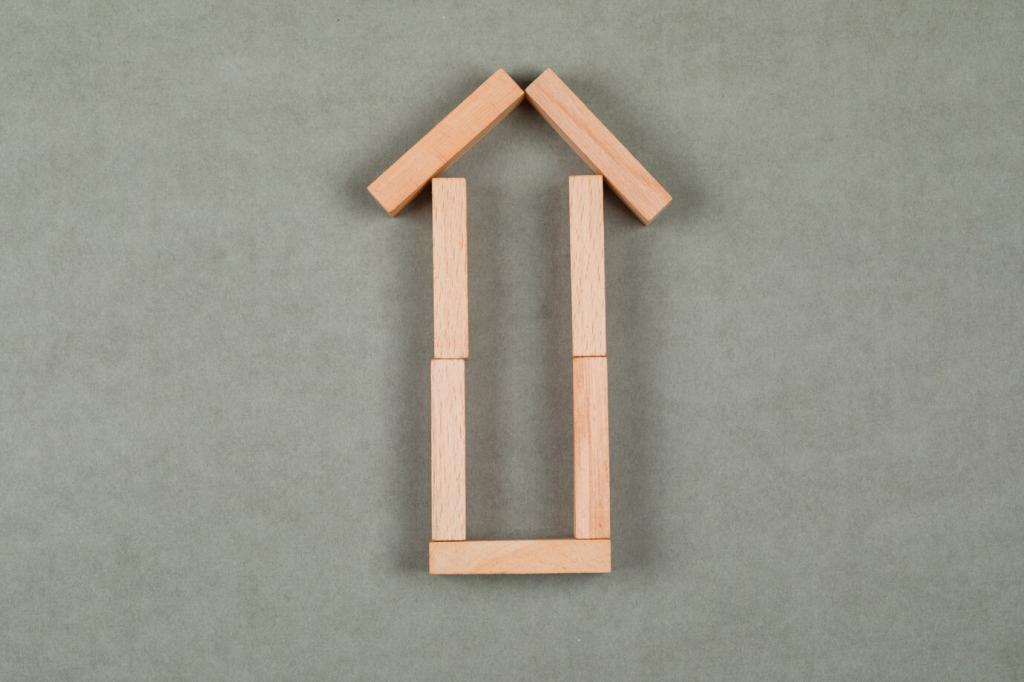
Innovative Insulation Technologies
Aerogel Insulation
Known as “frozen smoke,” aerogel insulation capitalizes on its ultra-lightweight and highly porous structure to deliver remarkable thermal resistance. Composed primarily of air trapped in a silicon matrix, aerogel is non-toxic, stable, and exceptionally effective at reducing heat transfer with minimal material thickness. This infrared-blocking capability makes it particularly useful in both residential and commercial settings where space is limited. Though initially expensive, aerogel’s durability and efficiency can lead to substantial energy savings over time.
Vacuum Insulation Panels (VIPs)
Vacuum insulation panels (VIPs) stand at the intersection of innovation and sustainability by using a vacuum between two layers to prevent heat transfer. Their slim design allows for great thermal performance in tight spaces, making them ideal for retrofits and passive homes. VIPs substantially reduce the thickness required for insulation, reclaiming valuable interior square footage while maintaining energy efficiency. Although their manufacture is complex, ongoing developments are making VIPs more accessible for eco-friendly construction projects.
Plant-Based Foam Insulation
Emerging plant-based foam insulation is manufactured from renewable raw materials such as soybean oils, castor beans, and other agricultural components. It replaces traditional petroleum-based foams, aligning insulation with agricultural sustainability and reduced carbon emissions. These foams deliver comparable or better insulating properties while emitting fewer greenhouse gases during production. As plant-based foam technology advances, these insulation solutions are becoming mainstream choices for builders seeking high performance and environmental responsibility.
Environmental Impact and Carbon Footprint
Reduced Greenhouse Gas Emissions
Eco-friendly insulation minimizes greenhouse gas emissions in several ways, starting with the use of recycled or renewable components that require less energy to produce. Effective insulation also cuts operational emissions by reducing heating and cooling energy needs throughout a building’s life. Over decades, these collective reductions make a meaningful impact on atmospheric carbon dioxide levels. Prioritizing insulation with proven emission-saving credentials is a powerful lever for climate action.
Resource Conservation
Sustainable insulation redirects waste from landfills by repurposing discarded paper, textiles, or plant matter. Using materials that regrow or recycle efficiently alleviates pressure on finite resources like petroleum and raw minerals. Resource conservation extends to water and energy used during the manufacturing process, with eco-friendly options typically demanding far less input than traditional alternatives. This holistic approach ensures insulation not only performs well but also aligns with the principles of the circular economy.
End-of-Life Management
The eventual disposal or reclamation of insulation is a significant environmental consideration. Unlike conventional options that persist indefinitely in landfills, many green insulations are compostable or recyclable. Manufacturers are increasingly designing materials for easy deconstruction, facilitating a second life through recycling programs or safe biodegradation. This shift away from ‘take, make, waste’ models supports long-term environmental stewardship and responsible building practices.
Non-Toxic Components
Many popular green insulation materials are intentionally free from toxins such as formaldehyde, asbestos, or chemical flame retardants. Their composition is derived from natural fibers or safe synthetic processes, reducing the risk of indoor air contamination. This feature is particularly important in spaces frequented by children, the elderly, or individuals with respiratory sensitivities. Choosing non-toxic insulation protects everyone while contributing to a safer, healthier home atmosphere.
Safe Installation Practices
Eco-friendly insulation is typically easier and safer to install, requiring minimal protective gear due to the lack of fibrous irritants or hazardous dust. This addresses occupational health hazards faced by construction workers, making the workplace safer and more pleasant. Installers can work more efficiently, and building owners have peace of mind knowing their insulation investment isn’t contributing to health risks. Product transparency and clear labeling further promote safe handling processes.
Allergy and Sensitivity Support
Insulation derived from natural, clean materials provides substantial benefits for allergy sufferers and those with chemical sensitivities. During the installation phase and over time, such products are unlikely to release allergens, VOCs, or particulate matter. The result is a more stable and comfortable indoor environment, particularly vital for schools, hospitals, or homes where wellness is a high priority. Eco-friendly insulation plays a quiet but critical role in safeguarding sensitive individuals.
Applications in Residential and Commercial Buildings
Residential Projects
Homeowners increasingly recognize the benefits of upgrading to green insulation, from slashing energy bills to creating cozier, more resilient spaces. Whether insulating attics, walls, or floors, eco-friendly options can amplify property value and comfort. Retrofits replace outdated and potentially hazardous materials, while new builds incorporate sustainable insulation for lasting efficiency. These upgrades can also help qualify for green mortgages or tax incentives, further aiding homeowners in their sustainability journey.
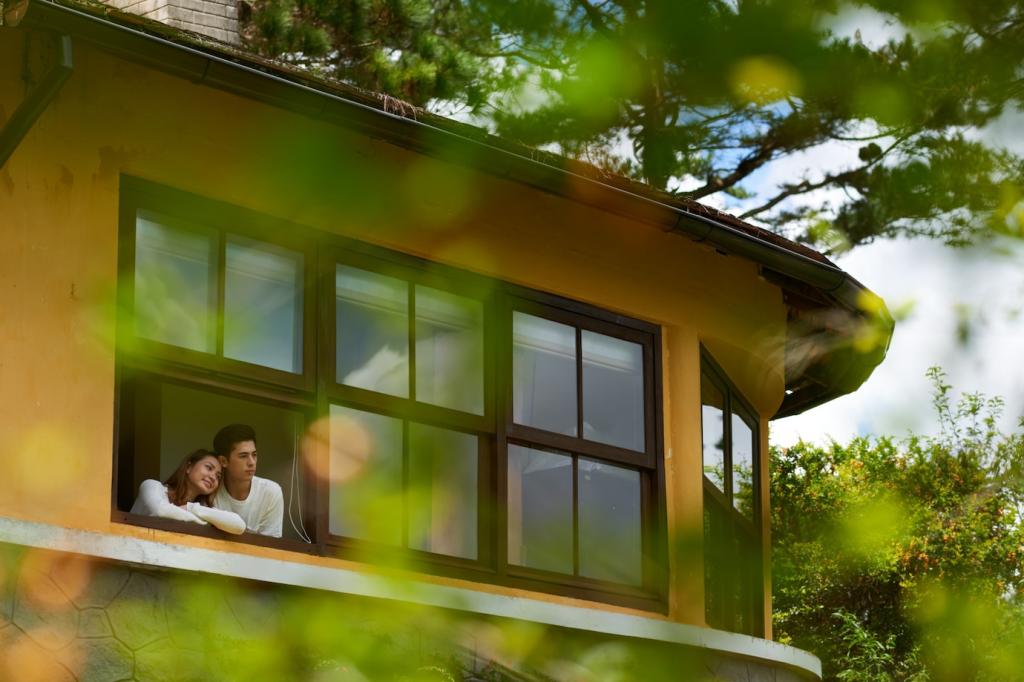
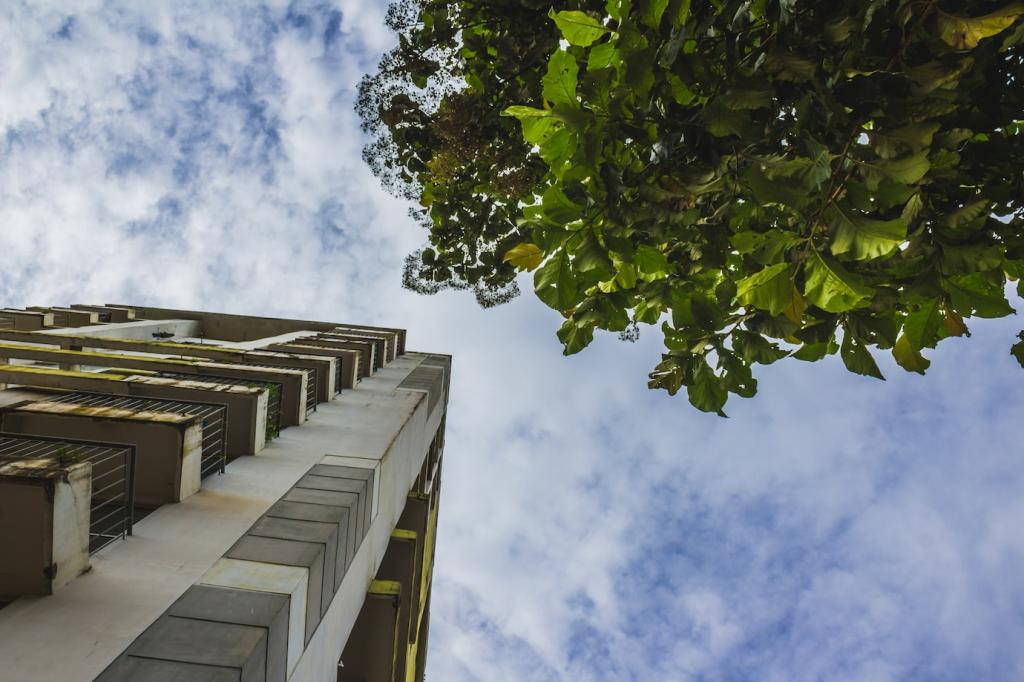
Commercial and Institutional Spaces
Workplaces, schools, and healthcare facilities benefit immensely from sustainable insulation due to the scale of energy savings and improvements to occupant well-being. Green insulation materials help businesses meet corporate sustainability goals, enhance brand reputation, and provide healthier, more productive environments for staff and visitors. These benefits align with government regulations and certifications such as LEED, supporting broader economic and environmental objectives without sacrificing performance.
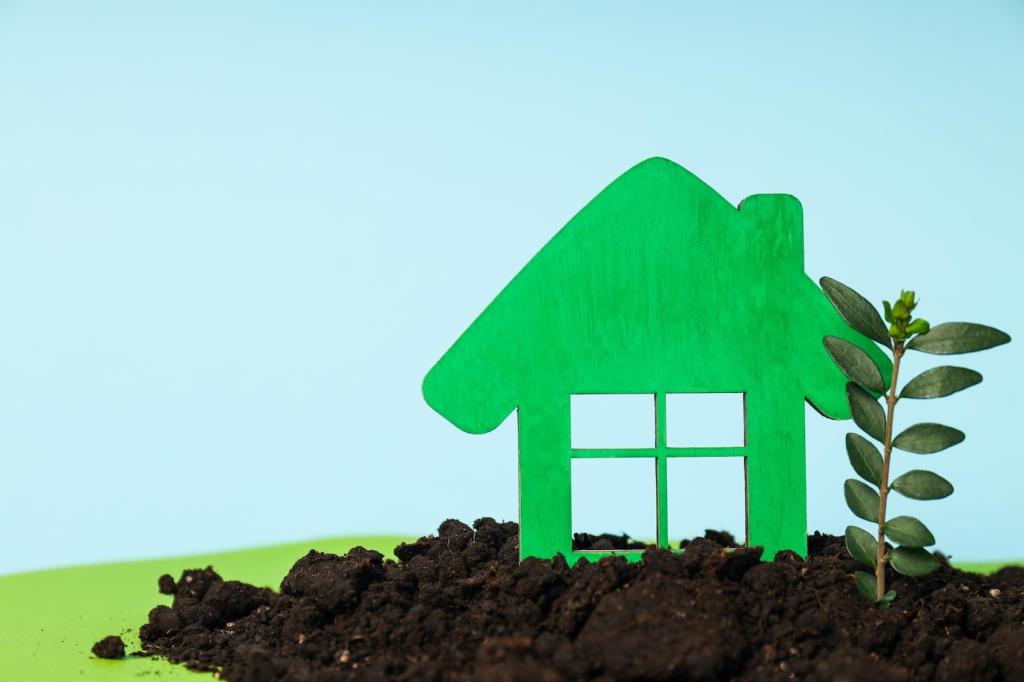
LEED and Green Building Certifications
Leadership in Energy and Environmental Design (LEED) is a globally recognized benchmark for green building. Eco-friendly insulation contributes points under several LEED categories by enhancing energy efficiency, indoor environmental quality, and use of sustainable materials. Achieving such certification signals a strong commitment to responsible construction and can add market value to properties. Green insulation is thus a cornerstone in achieving ambitious sustainability targets for buildings of all types.
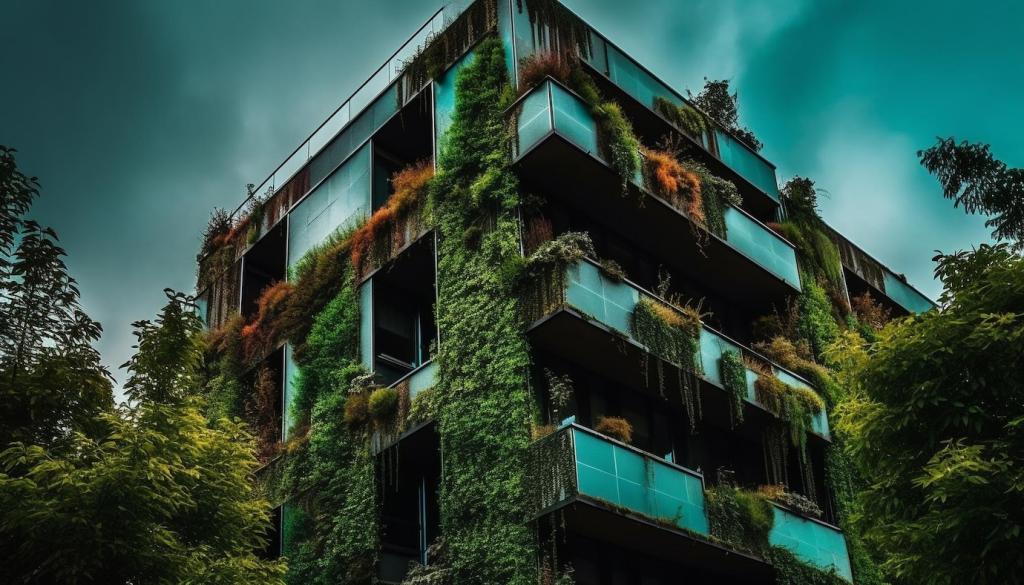
Building Code Compliance
Building codes at national and regional levels increasingly require materials that meet higher energy efficiency standards and low environmental impact. Eco-friendly insulation often exceeds these requirements, positioning projects for easier permitting processes and faster time-to-market. Compliance ensures that buildings are safe, efficient, and future-proofed against regulatory changes. By proactively selecting green insulation, property owners and developers stay ahead of evolving legal and ecological expectations.
